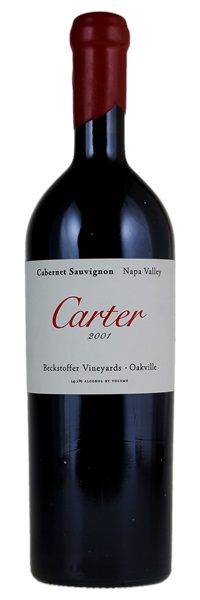Light capsule condition issue
Removed from a professional wine storage facility; Purchased at retail
Light capsule condition issue; label condition issue
Removed from a professional wine storage facility; Purchased at retail

Image above is an example. To view the image of the lot, click the item number.
Estimate
Made from grapes grown in the Tokalon Vineyard, this Cab showcases both its terroir and the amazing vintage. It’s dry, ripe in currants and cherries, lush in tannins yet expressive and forward.
A bold, rich and concentrated young wine, with a dense core of currant, blackberry and wild berry fruit. Sharply focused, supported by firm, ripe tannins. Notably svelte, finishing with a touch of mocha-laced oak. 221 cases made.